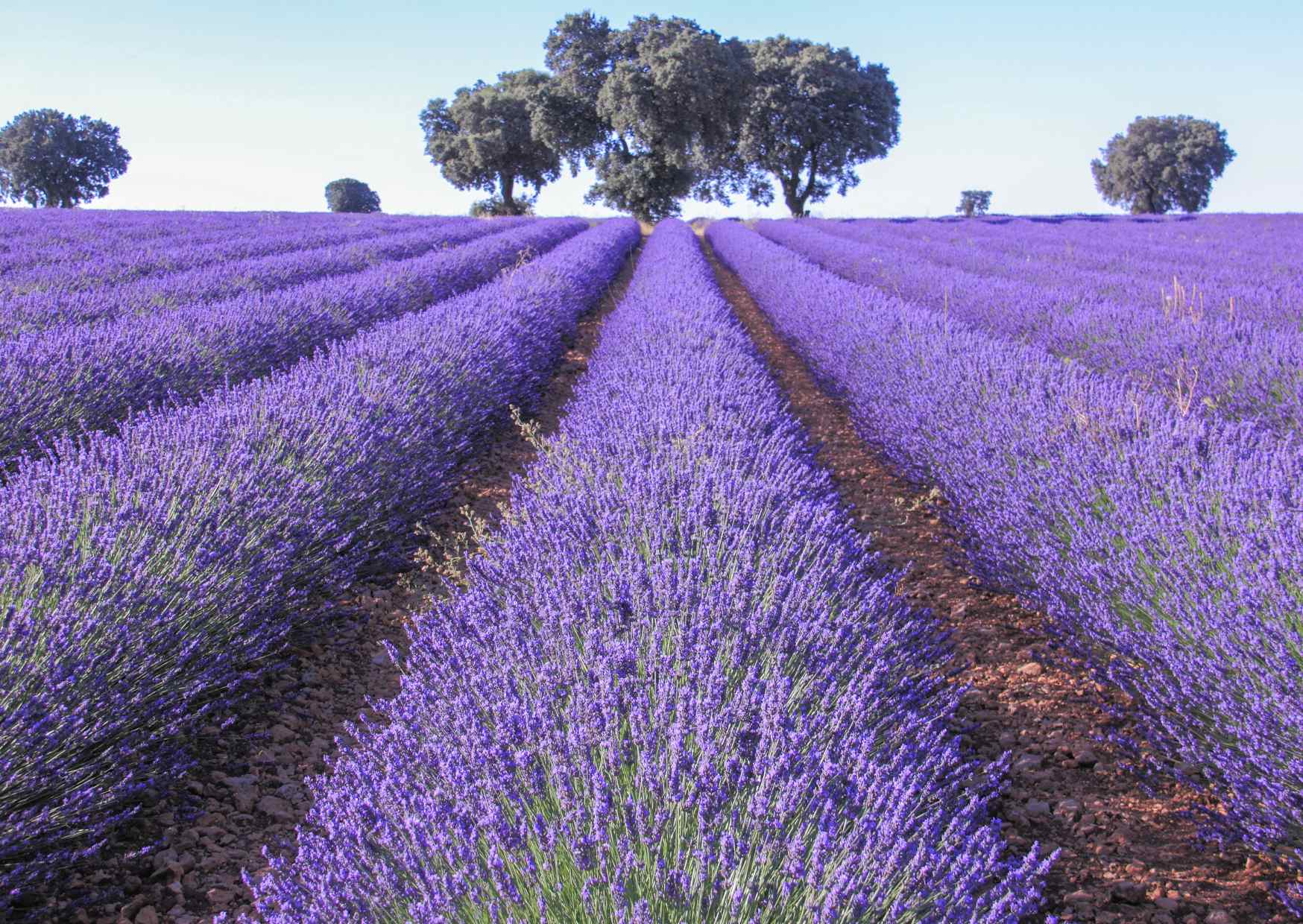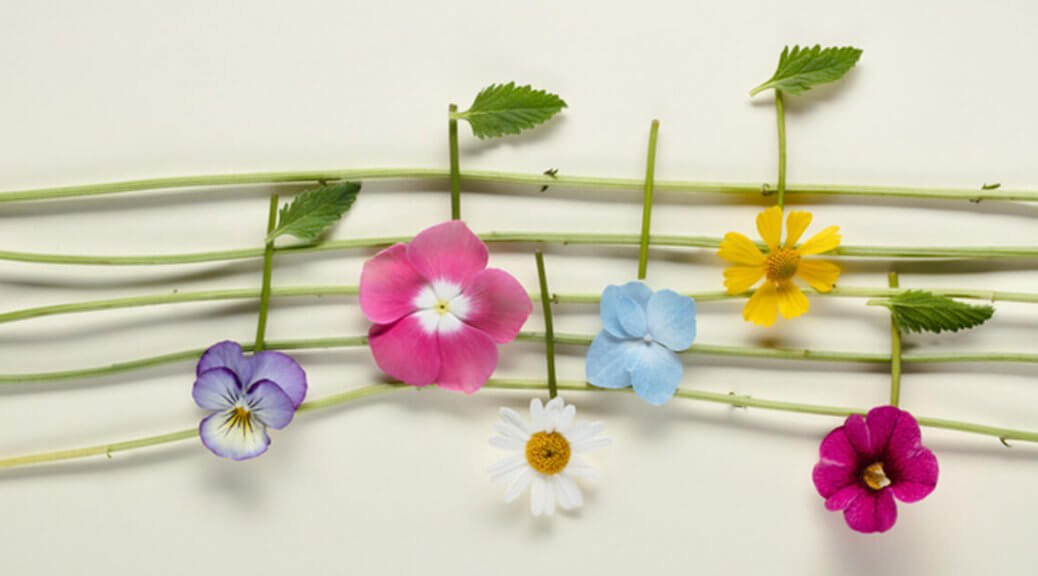So you’ve decided to try your hand at creating your own blends. It’s a chance for you to be creative and adventurous. And you also get to bust out those oils you don’t seem to use that much. But when you’re just starting out with blending your essential oils, it can be a bit overwhelming. We’re here to get you started with all the tools and knowledge you need.
So… what are “notes” anyways?

If you spend enough time perusing our blog, you’ve probably seen the word “notes” a few times. Basically, each essential oil has a note, and that note helps determine how the oil will play with others. These notes can be separated into three categories: top, middle, and base. A top note is usually the first thing you’ll notice in a fragrance. They are usually fresh and uplifting and will also usually be the first to evaporate. Middle notes help give body and fullness to a blend. They’re often what holds the blend together and makes it work. Finally, we have base notes. It’s the foundation of your entire blend and will leave a lasting impression.
For a more in-depth look blending, notes and the overall process, check out our blog Top, Middle & Base Notes and How They Go Together.
Things you’ll want on hand

In addition to our list of top, middle, and base notes, there are some other supplies you’ll want to have nearby as you start blending. The first is a notebook, journal or essential oil organizer. When you start experimenting, you’ll want to take notes of what you like and what you don’t. The last thing you’d want is to come up with an amazing blend only to forget your exact ratios.
Another great tool to help you during your creative endeavors are fragrance strips. They allow you to test the scent of your oils as well as get a more accurate smell. Plus it’s an easy way to experiment with blending!
Now for the list
The moment you’ve been waiting for: a comprehensive list of all our essential oils. But before you get started, keep in mind that some oils blur the lines a little bit. They might be top to middle or middle to base. This list is a guideline to get you started on your blending journey.
Top Notes

- Basil Linalool
- Balm Mint Bush
- Bergamot
- Bergamot Mint
- Eucalyptus Dives
- Eucalyptus Globulus
- Eucalyptus Radiata
- Fennel
- Fragonia
- Grapefruit Pink
- Kumquat
- Kunzea
- Laurel Leaf
- Lemon
- Lemon Myrtle
- Lemon Tea Tree
- Lemongrass
- Lime
- Mandarin
- Moldavian Dragonhead
- Orange Blood
- Orange Sweet
- Peppermint
- Petitgrain
- Pine Scots
- Ravensara
- Ravintsara
- Rosalina
- Sage Dalmatian
- Saro
- Spearmint
- Spruce Black
- Tangerine
- Wintergreen
- Yuzu
Top to Middle
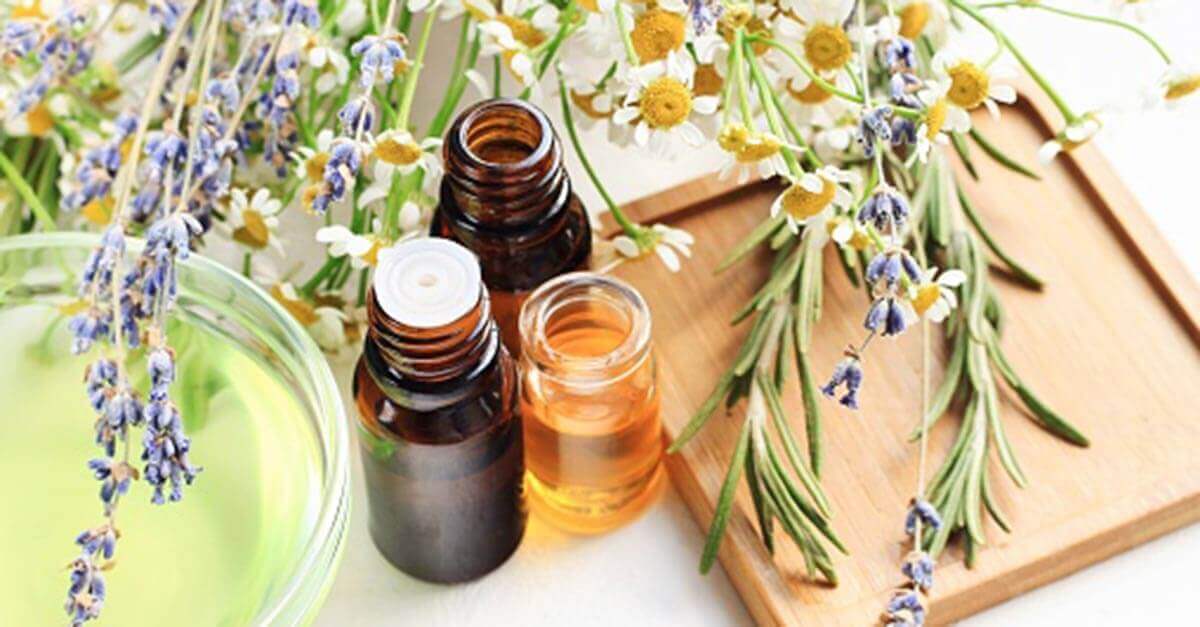
Middle Notes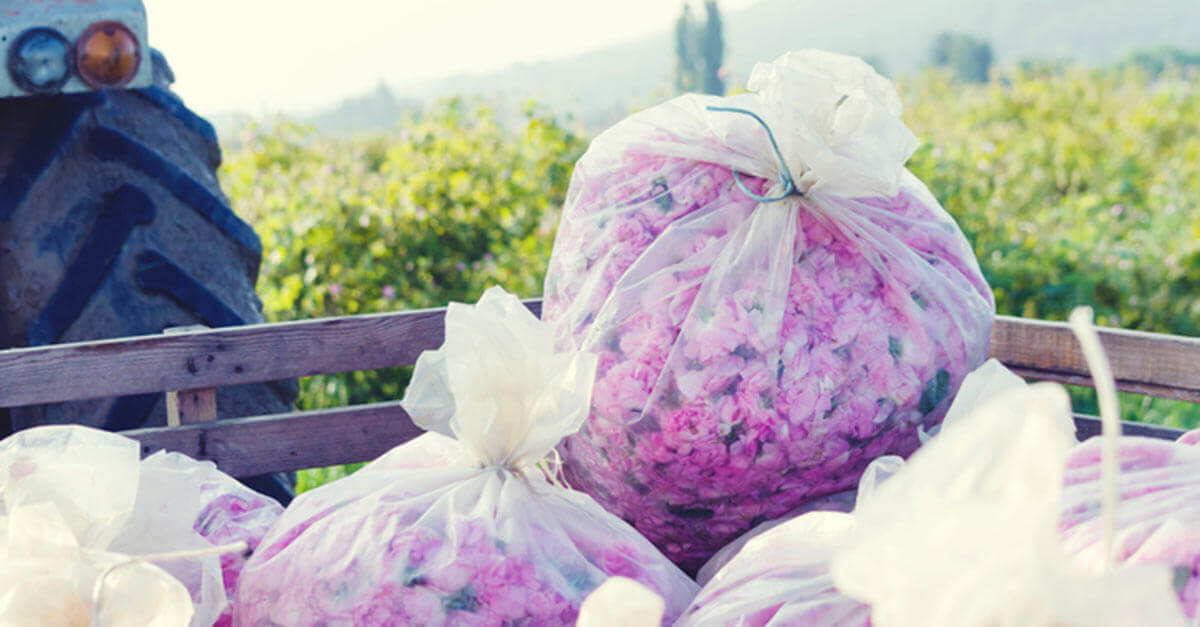
- Allspice
- Balsam Fir
- Black Pepper
- Blue Cypress
- Blue Tansy
- Blue Yarrow
- Cajeput
- Camphor
- Caraway Seed
- Cardamom
- Carrot Seed
- Catnip
- Chamomile German
- Chamomile Roman
- Cinnamon Bark
- Cinnamon Cassia
- Cinnamon Leaf
- Citronella
- Clary Sage
- Clove Bud
- Coriander Seed
- Cypress
- Davana
- Dill Weed
- Elemi
- Geranium Bourbon
- Geranium Egyptian
- Ginger Root
- Helichrysum Italicum
- Ho Wood
- Jasmine Absolute
- Juniper Berry
- Magnolia Flower
- Manuka
- Marjoram Sweet
- May Chang
- Melissa
- Neroli
- Nutmeg
- Oregano
- Palmarosa
- Palo Santo
- Rhododendron
- Rose Absolute
- Rose Otto
- Rosemary
- Sea Fennel
- Star Anise
- Tea Tree
- Thyme
- Ylang Ylang Complete
- Ylang Ylang Extra
Base Notes
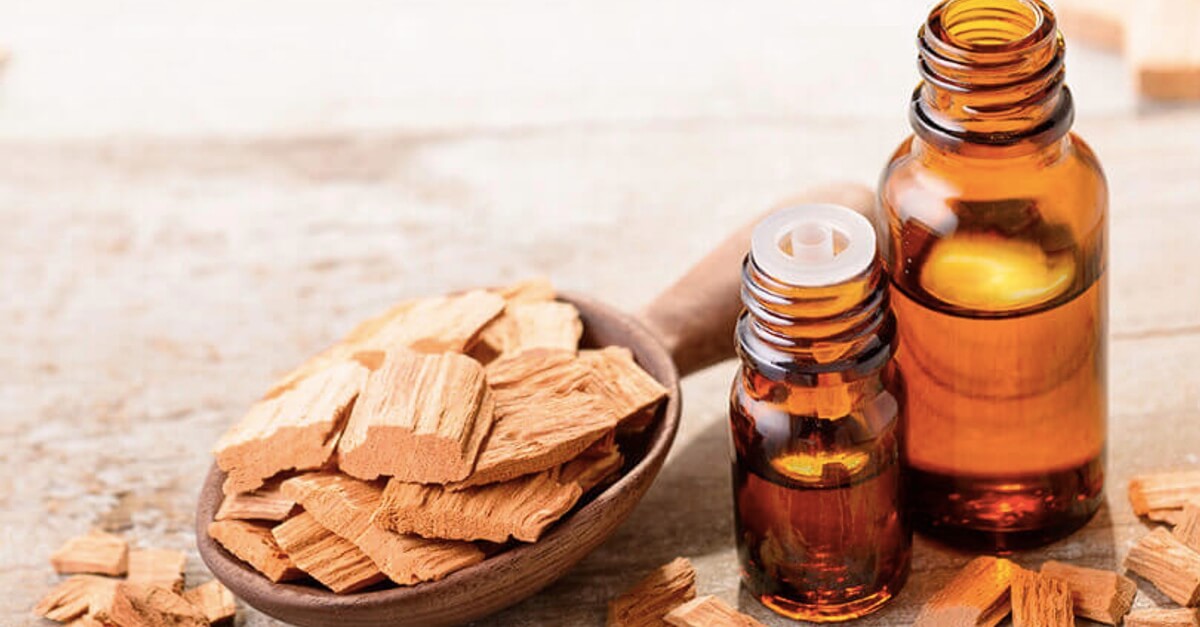
- Amyris
- Buddha Wood
- Cedarwood Atlas
- Cedarwood Himalayan
- Cedarwood Texas
- Cedarwood Virginian
- Coffee
- Copaiba Oleoresin
- Frankincense Carteri
- Frankincense Frereana
- Frankincense Serrata
- Myrrh
- Patchouli
- Peru Balsam
- Sandalwood Australian
- Sandalwood Indian
- Turmeric
- Vanilla
- Vetiver
